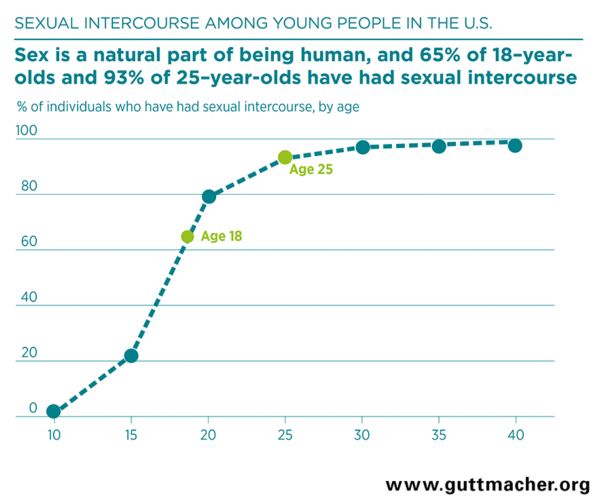
Recently, the American rapper T.I. acknowledged that he attends gynecological examinations with his daughter to “check her hymen is still intact.” While shocking to many, T.I.’s boasting and the public debates it has provoked reveal deeply rooted cultural norms and beliefs about virginity that young women encounter on a daily basis. Sociological research provides a closer look at how virginity is both socially constructed and discriminatory against girls and women.
People understand virginity and its subsequent “loss” through several frames. Traditionally, most people view virginity as a sexual transition from childhood to adulthood through vaginal-penile intercourse, though people often recognize virginity loss among same-sex couples who engage in other forms of genital sex. For some, virginity is viewed as a gift that may be given to another sexual partner; for others, virginity functions as a stigma that prevents them from progressing in their social life. Still, others see the loss of virginity as one step in the process of growing up and developing healthy relationships with romantic partners. Research has also shown that views and interpretations often change over time, especially in response to new experiences. Overall, these variations demonstrate that virginity is far from a simple biological truth.
- Laura Carpenter. 2005. Virginity Lost: An Intimate Portrait of First Sexual Experiences. New York: New York University Press.
- Laura Carpenter. 2002. “Gender and the Meaning and Experience of Virginity Loss in the Contemporary United States.” Gender & Society 16(3): 345-365.
The different meanings and interpretations of virginity and loss can have significant social consequences as well. Virginity pledges — promises to remain abstinent until marriage–are one very well researched example. Under this view, pledgers perceive sex as sacred, solely for marriage, and heterosexual. About 12 percent of young people pledge abstinence, though most break that pledge before marriage. Those who break their pledges face negative consequences, including higher possibility for pregnancies and contracting HPV. Social context — including religiosity and the identities of others — contributes to who keeps their pledges.
- Anthony Paik, Kenneth J. Sanchagrin, and Karen Heimer. 2016. “Broken Promises: Abstinence Pledging and Sexual and Reproductive Health.” Journal of Marriage and Family 78(2): 546-561.
- Antoinette M. Landor and Leslie Gordon Simons. 2014. “Why Virginity Pledges Succeed or Fail: The Moderating Effect of Religious Commitment Versus Religious Participation.” Journal of Child and Family Studies 26(3): 1102-1113.
- Peter S. Bearman and Hannah Brückner. 2001. “Promising the Future: Virginity Pledges and First Intercourse.” American Journal of Sociology 106(4): 859–912.

Comments